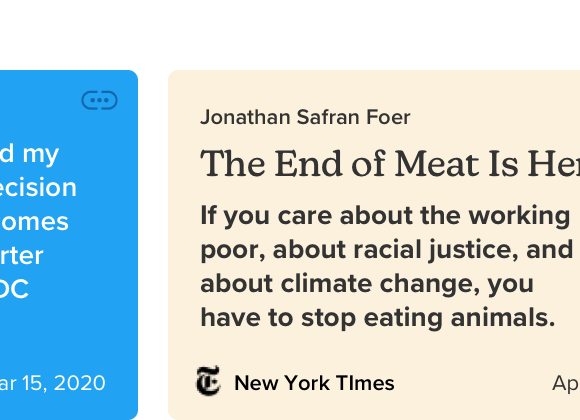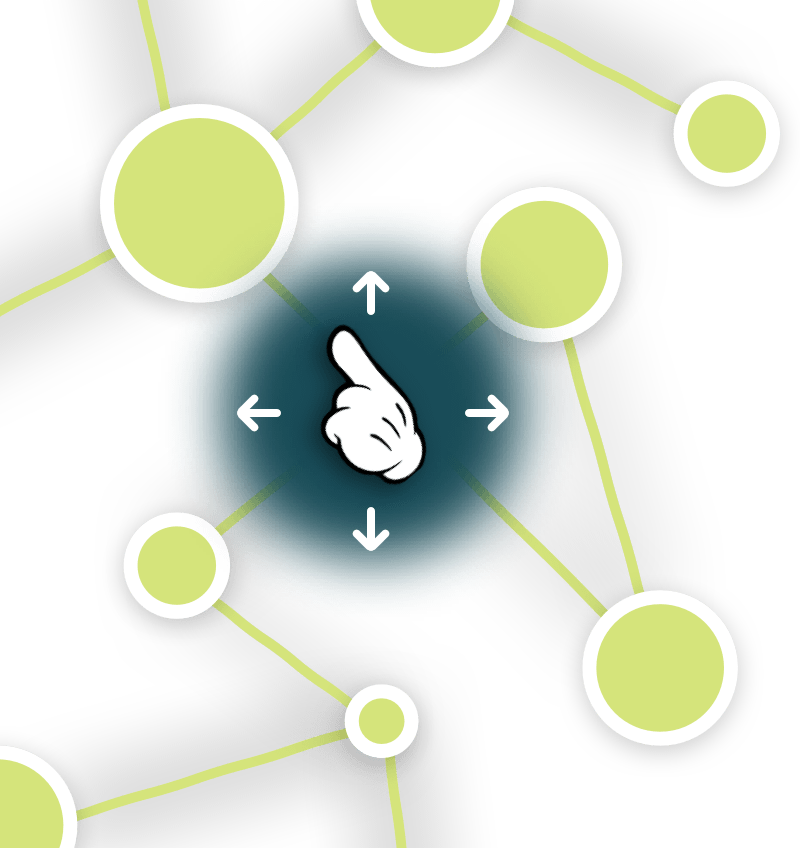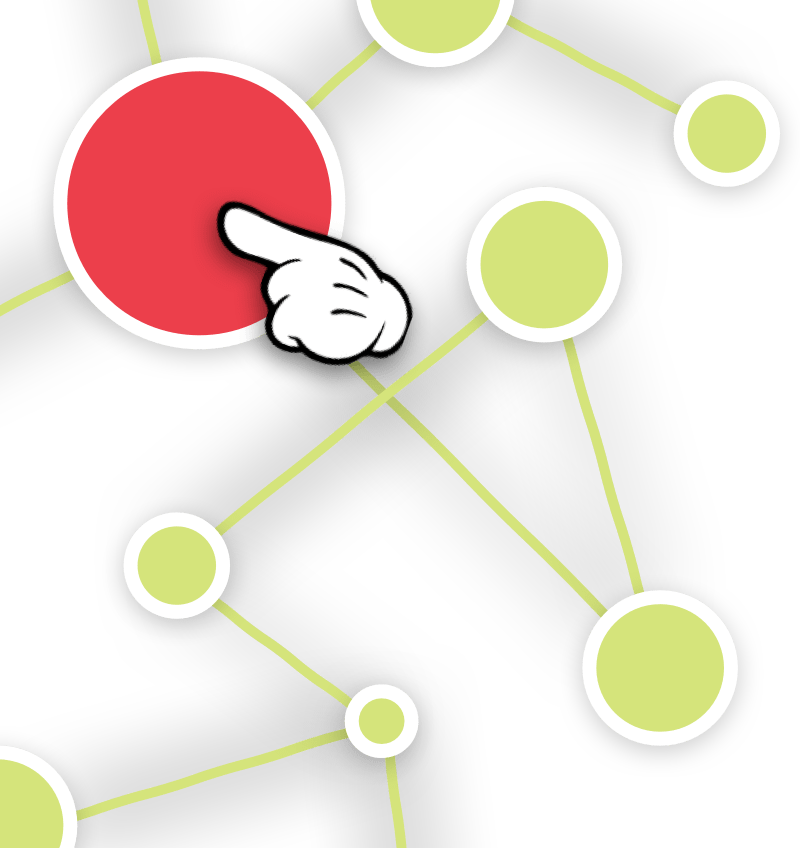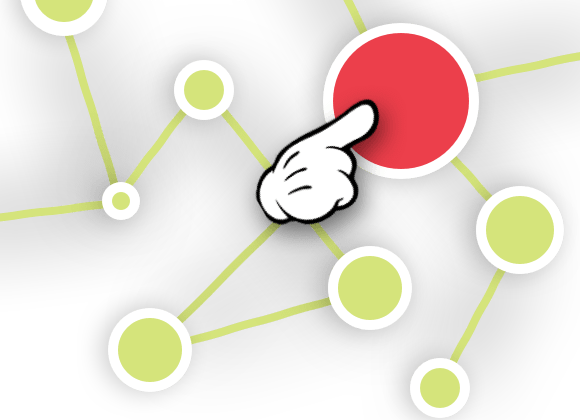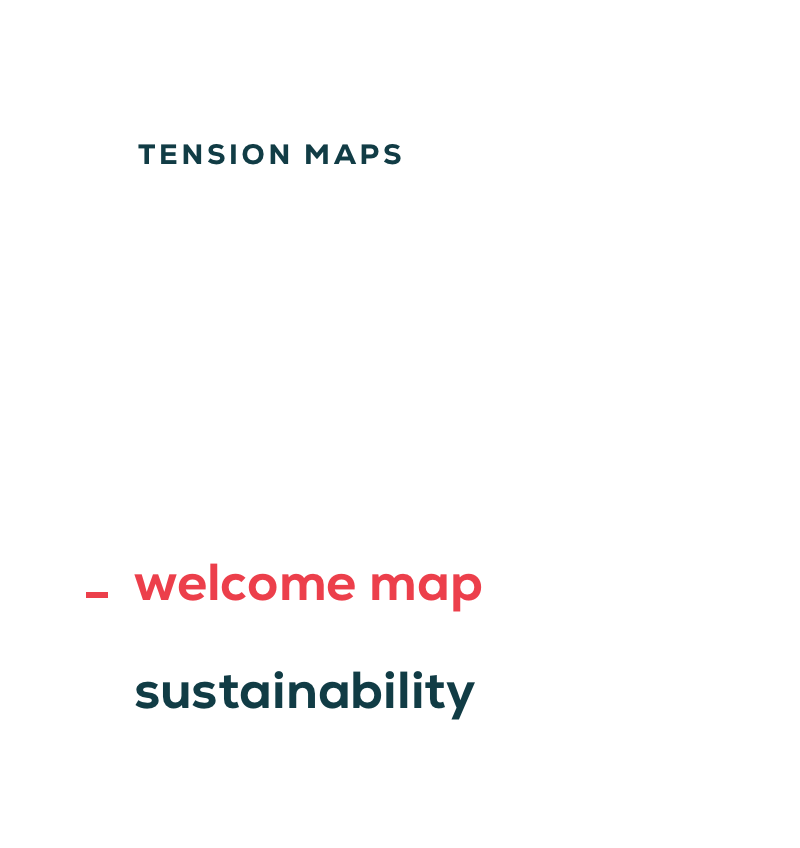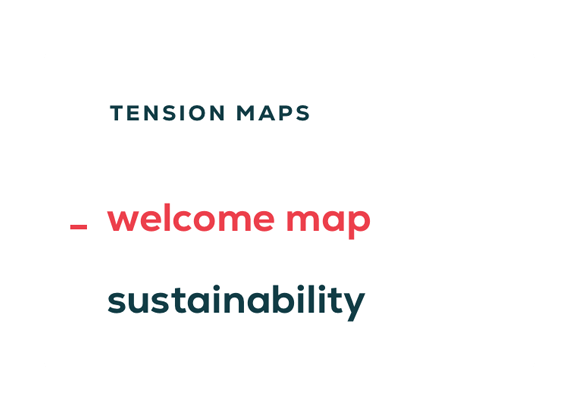This tension map traces The Green Intentions Gap — the gap between consumer’s good intentions around sustainable behaviors, and their actions.
While we acknowledge that most environmental impact comes not from individual consumer behavior, but corporate pollution, we also realize that consumers want to make greener choices. The purpose of the tension map is to provide insight into the barriers consumers face to taking sustainable action.
We often oversimplify why people don’t follow through on their desire to make sustainable choices, focusing on ‘cost’ and ‘convenience’ as the two main drivers. However, it’s more nuanced than that - we’ve identified 25 unique consumer mindset tensions that play a significant role in preventing consumers from taking sustainable actions. To help brands identify problems they can tangibly tackle, we’ve provided thoughtful provocations to inspire new thinking and an impact score to help visualize the impact solving this tension might have.
The impact score is comprised of 3 key inputs:
- Sustainable Behavior Unlock: Mapping the correlation of ‘if the tension was resolved, how many of the 9 most impactful sustainable behaviors could people take?’
- Conversation: In partnership with Performance Arts, we mine and size the Google search conversation and news volume to give a velocity and volume measurement around each tension to confirm how much mental space consumers give to these tensions
- Consumer Depth of Pain Point: Assessing the degree to which consumers feel each tension affects them
We believe that the intersection of consumer pain and brand purpose is a breeding ground for creativity. Our hope is that brands will take this map and create against it. Find ways that your customers are struggling to follow through on their green intentions and help them get there.
It’s one of the many things brands and businesses can do to work towards climate justice.

